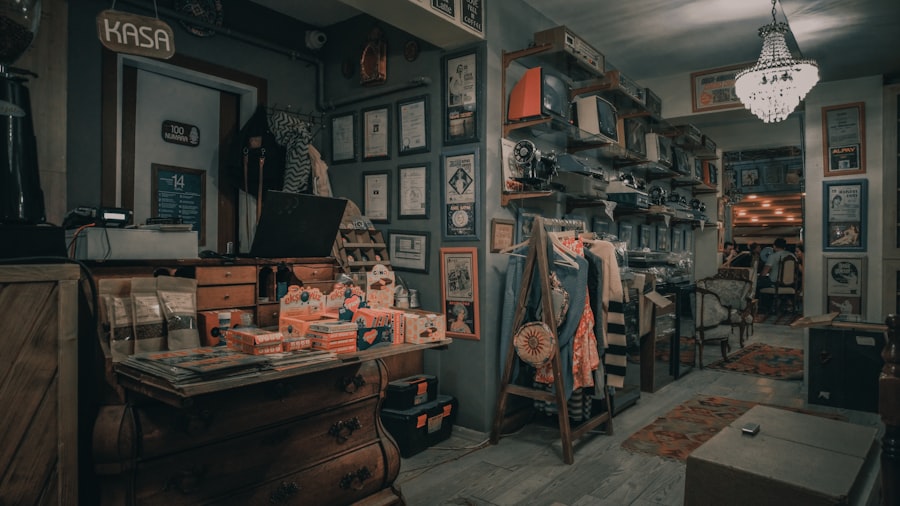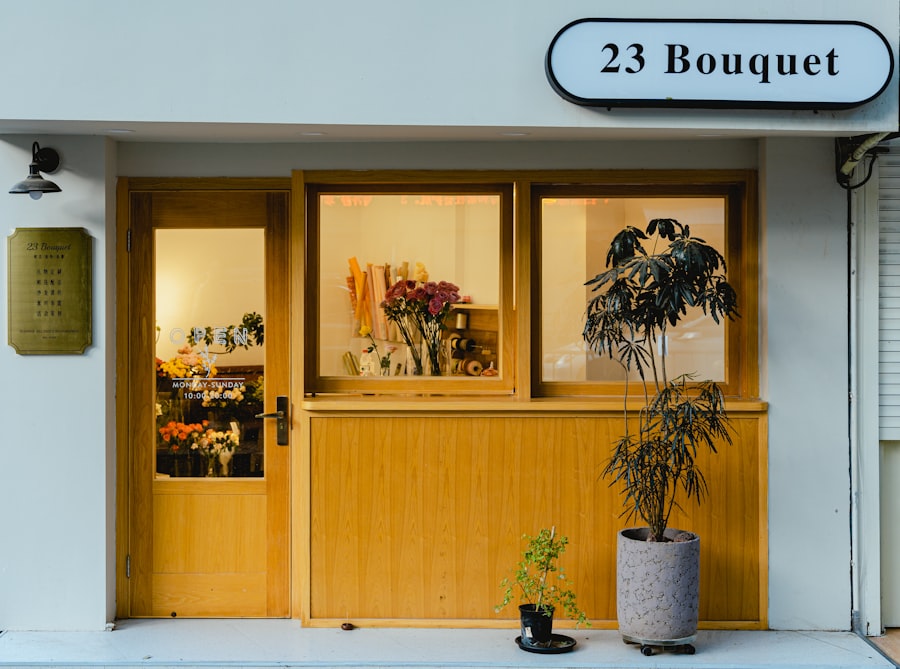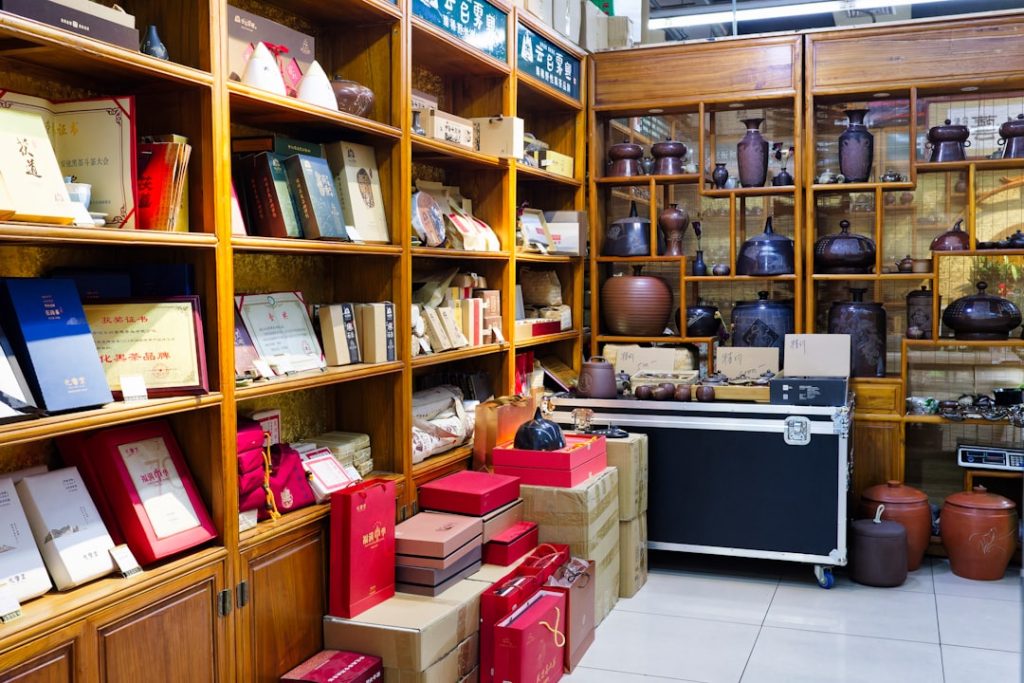Custom cabinets offer a myriad of advantages that can significantly enhance both the functionality and aesthetic appeal of a space. One of the most compelling benefits is the ability to tailor the design to meet specific needs and preferences. Unlike pre-manufactured cabinets, which often come in standard sizes and styles, custom cabinets can be designed to fit any space, no matter how unconventional.
This means that homeowners can maximize storage in awkward corners or create unique features that reflect their personal style. For instance, a kitchen with an unusual layout can benefit from custom cabinetry that utilizes every inch effectively, providing ample storage while maintaining a cohesive look. Moreover, custom cabinets are often constructed with higher quality materials than their mass-produced counterparts.
This not only enhances durability but also allows for a greater variety of finishes and styles. Homeowners can choose from a wide range of wood types, hardware options, and finishes, ensuring that the final product aligns perfectly with their vision. The craftsmanship involved in creating custom cabinets often results in superior construction techniques, such as dovetail joints and solid wood frames, which contribute to longevity and resilience.
This investment in quality can lead to cabinets that not only look stunning but also stand the test of time, making them a worthwhile addition to any home.
Key Takeaways
- Custom cabinets offer personalized design, enhanced functionality, and increased home value.
- Research local shops thoroughly to find reputable custom cabinet makers.
- Ask key questions about materials, timelines, and warranties before selecting a cabinet shop.
- Explore various design options to match your style and space requirements.
- Proper budgeting and understanding installation and maintenance ensure long-term satisfaction with custom cabinets.
Researching Local Custom Cabinet Shops
When embarking on the journey to find the perfect custom cabinet shop, thorough research is essential. Start by exploring local options through online searches, community forums, and social media platforms. Websites like Yelp and Google Reviews can provide insights into customer experiences and satisfaction levels.
Additionally, visiting local home improvement stores or design centers can yield recommendations for reputable cabinet makers in your area. Engaging with local interior designers can also be beneficial, as they often have established relationships with skilled craftsmen and can guide you toward reliable shops. Once you have compiled a list of potential custom cabinet shops, it’s important to delve deeper into their portfolios.
Most reputable shops will have a gallery of past projects available on their websites or social media pages. This visual evidence can help you gauge their design style and craftsmanship quality. Pay attention to the variety of styles they offer—whether modern, traditional, or eclectic—and assess whether their work aligns with your vision.
Additionally, consider visiting showrooms if available; this allows you to see materials and finishes up close, providing a tangible sense of what you might expect in your own home.
Questions to Ask When Choosing a Custom Cabinet Shop

Selecting the right custom cabinet shop involves asking pertinent questions that can reveal the shop’s capabilities and reliability. Start by inquiring about their experience in the industry. A shop with several years of experience is likely to have honed their skills and developed a reputation for quality work.
Ask about their design process as well; understanding how they collaborate with clients can give you insight into how your ideas will be integrated into the final product. A good shop should be willing to listen to your needs while also offering professional advice based on their expertise. Another critical aspect to discuss is the materials they use.
Inquire about the types of wood, finishes, and hardware available, as well as their sourcing practices. High-quality materials are essential for durability and aesthetics, so ensure that the shop prioritizes quality over cost-cutting measures. Additionally, ask about their timeline for completion and installation.
Understanding how long the process will take can help you plan accordingly and set realistic expectations. Finally, don’t hesitate to request references from previous clients; speaking directly with past customers can provide valuable insights into the shop’s reliability and craftsmanship.
Exploring Design Options for Custom Cabinets
| Design Option | Material | Durability | Customization Level | Installation Time (days) | Maintenance |
|---|---|---|---|---|---|
| Shaker Style | Solid Wood | High | Medium | 5 | Low |
| Flat Panel | MDF with Veneer | Medium | High | 4 | Medium |
| Glass Front | Wood + Glass | Medium | High | 6 | High |
| Open Shelving | Metal/Wood | Medium | Low | 3 | Low |
| Inset Cabinets | Solid Wood | High | High | 7 | Medium |
The design phase is where creativity truly comes to life when it comes to custom cabinets. Homeowners have the unique opportunity to explore various styles, colors, and configurations that suit their personal tastes and functional requirements. One popular trend is the incorporation of open shelving alongside traditional cabinet doors, which allows for both display and storage.
This hybrid approach can create visual interest while making frequently used items easily accessible. Additionally, consider integrating specialized features such as pull-out spice racks or built-in wine storage to enhance functionality. Color selection is another crucial aspect of cabinet design.
While classic white or natural wood finishes remain timeless choices, bold colors are gaining popularity for those looking to make a statement. Deep blues or rich greens can add depth and character to a kitchen or bathroom, while lighter shades can create an airy feel in smaller spaces. Furthermore, hardware choices—such as knobs and pulls—can significantly impact the overall look of your cabinets.
Opting for unique or vintage hardware can infuse personality into your cabinetry, making it a focal point rather than just a functional element.
Budgeting for Custom Cabinets
Budgeting for custom cabinets requires careful consideration of various factors that influence overall costs. The first step is to establish a realistic budget based on your financial situation and the scope of your project. Custom cabinets typically come at a higher price point than stock options due to their bespoke nature; however, understanding what drives these costs can help you make informed decisions.
Factors such as material selection, design complexity, and additional features like soft-close hinges or intricate moldings can all impact pricing. It’s also wise to account for potential hidden costs that may arise during the project. For instance, if your existing space requires modifications—such as electrical work or plumbing adjustments—these expenses should be factored into your budget from the outset.
Additionally, consider setting aside a contingency fund for unexpected expenses that may arise during installation or design changes. By planning ahead and being transparent with your chosen cabinet shop about your budget constraints, you can work together to find solutions that meet both your aesthetic desires and financial limitations.
Understanding the Custom Cabinet Installation Process

The installation process for custom cabinets is a critical phase that requires precision and expertise. Once your cabinets are designed and constructed, scheduling an installation date is the next step. It’s essential to ensure that your space is prepared for installation; this may involve clearing out existing cabinetry or making necessary repairs to walls or flooring.
A professional installation team will typically arrive with all necessary tools and equipment to ensure a smooth process. During installation, careful attention is paid to leveling and aligning each cabinet unit to ensure functionality and aesthetics are maintained. This process often involves securing cabinets to walls and ensuring that doors open smoothly without obstruction.
Depending on the complexity of the design—such as incorporating crown molding or custom trim—installation may take several hours or even days. After installation is complete, it’s crucial to conduct a thorough inspection with the installer to address any concerns or adjustments needed before finalizing the project.
Evaluating the Quality of Custom Cabinets
Assessing the quality of custom cabinets involves examining several key elements that contribute to their overall durability and appearance. One primary factor is the construction method used; high-quality cabinets typically feature solid wood frames rather than particleboard or MDF (medium-density fiberboard). Solid wood not only offers superior strength but also provides a more attractive finish that ages gracefully over time.
Additionally, look for features such as dovetail joints in drawers, which indicate craftsmanship and longevity. Another important aspect is the finish applied to the cabinets. A well-executed finish not only enhances the visual appeal but also protects the wood from wear and tear.
High-quality finishes should be smooth and even without drips or inconsistencies. Furthermore, consider how well the cabinet doors align when closed; gaps or misalignments can indicate poor craftsmanship that may lead to functional issues down the line. By taking the time to evaluate these elements carefully, homeowners can ensure they are investing in cabinets that will stand up to daily use while maintaining their beauty.
Maintaining and Caring for Custom Cabinets
Proper maintenance is essential for preserving the beauty and functionality of custom cabinets over time. Regular cleaning should be part of your routine; using a soft cloth dampened with mild soap and water is often sufficient for removing dust and grime without damaging finishes. Avoid harsh chemicals or abrasive cleaners that could strip away protective coatings or scratch surfaces.
For wooden cabinets, applying a high-quality furniture polish periodically can help maintain luster while providing an additional layer of protection against moisture. In addition to regular cleaning, it’s important to address any minor repairs promptly to prevent further damage. For instance, if you notice a loose hinge or drawer slide, tightening screws or replacing hardware can often resolve these issues before they escalate into more significant problems.
Furthermore, be mindful of humidity levels in your home; excessive moisture can lead to warping or swelling in wooden cabinets. Using dehumidifiers in particularly humid areas like kitchens or bathrooms can help mitigate these risks, ensuring your custom cabinets remain beautiful and functional for years to come.



